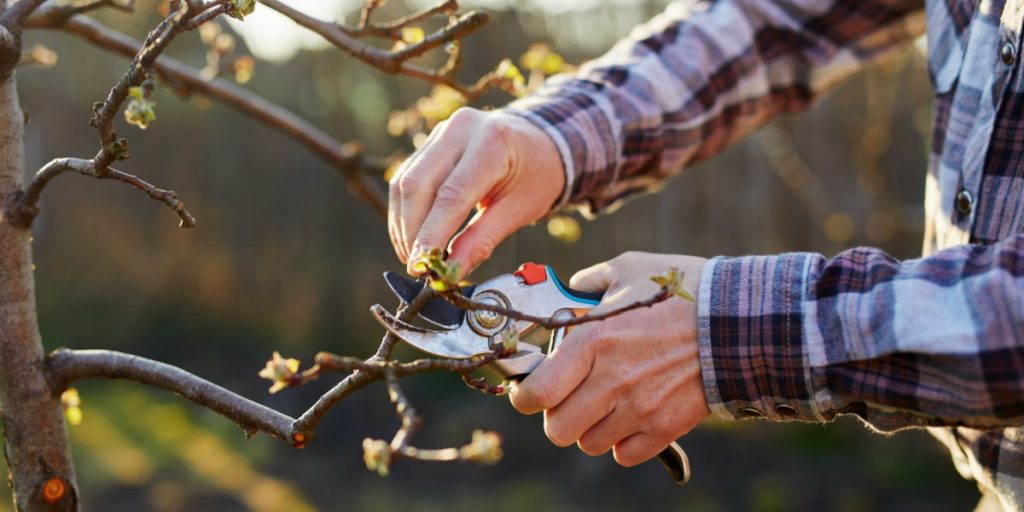Garden enthusiasts, take note.
Others are reading now
March is a crucial time to get your garden ready for a season full of vibrant blooms.
The Royal Horticultural Society advises that the longer days of March offer the perfect opportunity for a range of gardening tasks, including the vital steps of preparing seed beds, sowing seeds, and notably, the last call for pruning roses.
Pruning is key to ensuring your roses remain healthy and live longer.
As rose stems become tougher due to weather exposure, their growth vigor declines. By removing a few of these hardened stems, you’re essentially channeling the plant’s energy into sprouting fresh, new blooms. The most spectacular flowers often emerge from side shoots along the stems, which is where your focus should be when pruning.
Also read
The approach to pruning varies with the type of rose, but a general guideline is to cut back the plant by approximately 30 to 50 percent.
“If you haven’t done so already, early March is your last chance to prune your roses,” explained gardening expert Fiona Jenkins.
“Pruning ensures that the plant grows vigorously and encourages healthy blooms. Left unpruned, bush roses would not produce as many flowers and would send out too many branches.”
For both Floribunda and hybrid tea roses, the process involves removing any dead or crossing stems and then cutting back the strongest shoots to about six to twelve inches from the ground, while less robust growth can be trimmed to around four inches.
It’s crucial to remember that while incorrect pruning timing won’t kill a plant, it can lead to a weakened root system and reduced plant vigor. Therefore, avoid pruning right after the emergence of new shoots in early spring to prevent damaging your plants.


